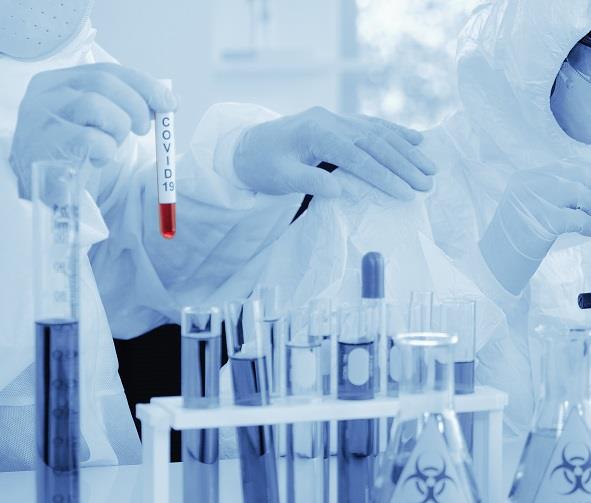Hopes for extinguishing COVID-19 pandemic ride on high efficacy, coverage





More than 165 candidate vaccines against the novel coronavirus disease (COVID-19) are currently in the pipeline, but even if a high-efficacy vaccine becomes available in record time, its uptake should be equally high to eliminate the need for other measures, such as social distancing, as reported in a recent study from the US.
In a simulation experiment that used a range of possible scenarios simulating the spread of coronavirus and rollout of vaccination, a vaccine must be at least 70-percent effective and administered to 75 percent of the population to prevent an epidemic—reduce peak by >99 percent, that is, the number of new cases per day never exceeds the initial number of cases on day 1—in the absence of any other intervention. [Am J Prev Med 2020;doi:10.1016/j.amepre.2020.06.011]
Meanwhile, extinguishing an ongoing epidemic and eliminating the need for other nonpharmacological measures requires an efficacy of at least 80 percent with a 75-percent vaccine coverage.
“These efficacy and coverage thresholds hold as the proportion of the population exposed increases from 5 percent to 30 percent, at which point the peak of the epidemic is rapidly approached as more and more people become exposed and immune,” the investigators noted.
“There are circumstances in which a vaccine with an efficacy between 40 percent and 70 percent could prevent an epidemic, and between 60 percent and 80 percent could extinguish an ongoing epidemic,” they said, “but these would require a potentially unachievable 100-percent coverage of the population.”
Already, vaccinating 75 percent of the population poses a big challenge, given that there are groups of people harbouring anti-vaccine sentiments. Even if enough people were willing to get vaccinated, the investigators pointed out that there would have to be sufficient production capacity and vaccination supplies, as well as adequate staffing and efficient distribution protocol for the vaccine to reach the majority if not everyone.
“All of this suggests that a vaccine alone may not allow everything to immediately ‘return to normal’ (ie, stop social distancing), unless both vaccine efficacy and vaccination coverage are fairly high,” they said, expressing worries that overblown expectations for a COVID-19 vaccine could create serious problems.
“Therefore, it will be important to manage the expectations of the public who may believe that no more social distancing will be needed as soon as a vaccine becomes available, especially if that vaccine has an efficacy below the 70–80 percent range,” the investigators stressed.
They were quick to add that a vaccine with a lower efficacy should not be discounted, as it can still save a considerable number of lives, as well as reduce hospitalizations and costs. For one, it could help reduce the burden on the healthcare system so that it is not overwhelmed (ie, a vaccine with 40-percent efficacy could prevent ≥2.8 million patients from requiring a ventilator and ≥89.5 million hospital bed days).
“Additionally, vaccination could be combined with other control measures (eg, test–trace–isolate, mandatory masking). A vaccine with a lower efficacy could also be used for targeted vaccination (eg, response to a local outbreak or to protect certain groups),” they said.
The investigators acknowledged that the simulation models they developed were simplifications of real life and could not account for every possible outcome. They recommended conducting additional studies to measure the cost effectiveness of a COVID-19 vaccine.